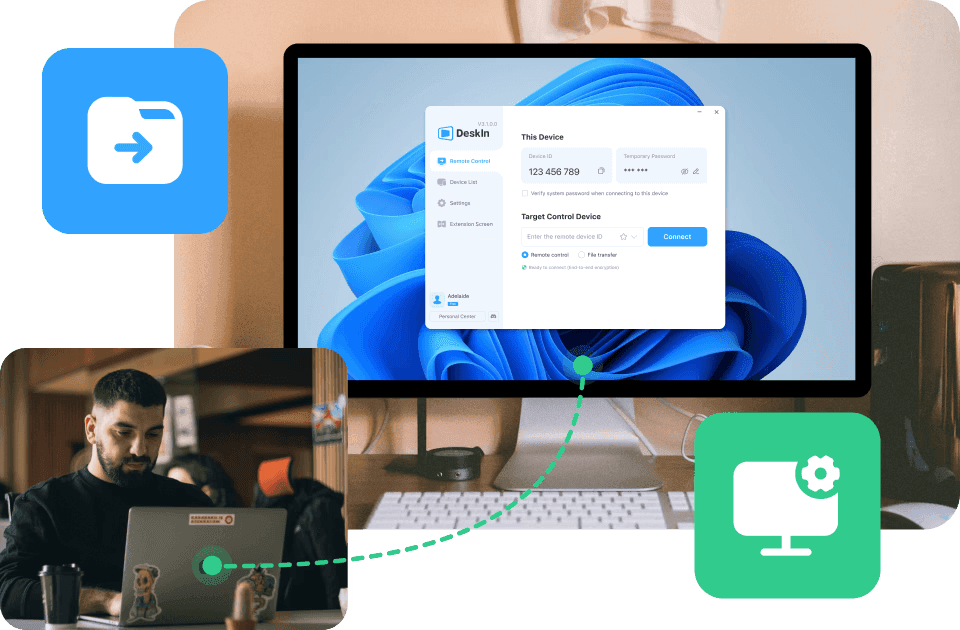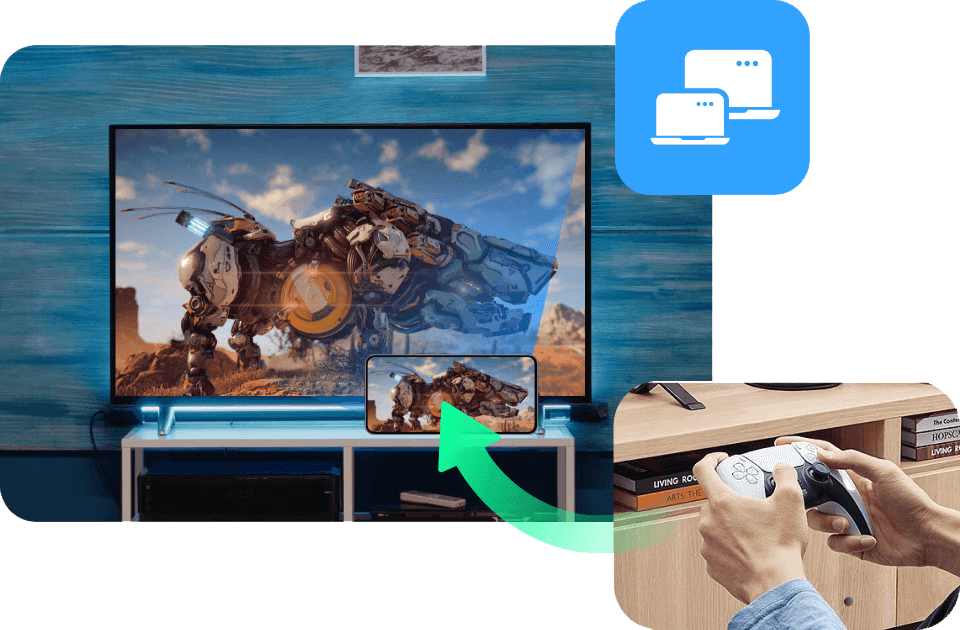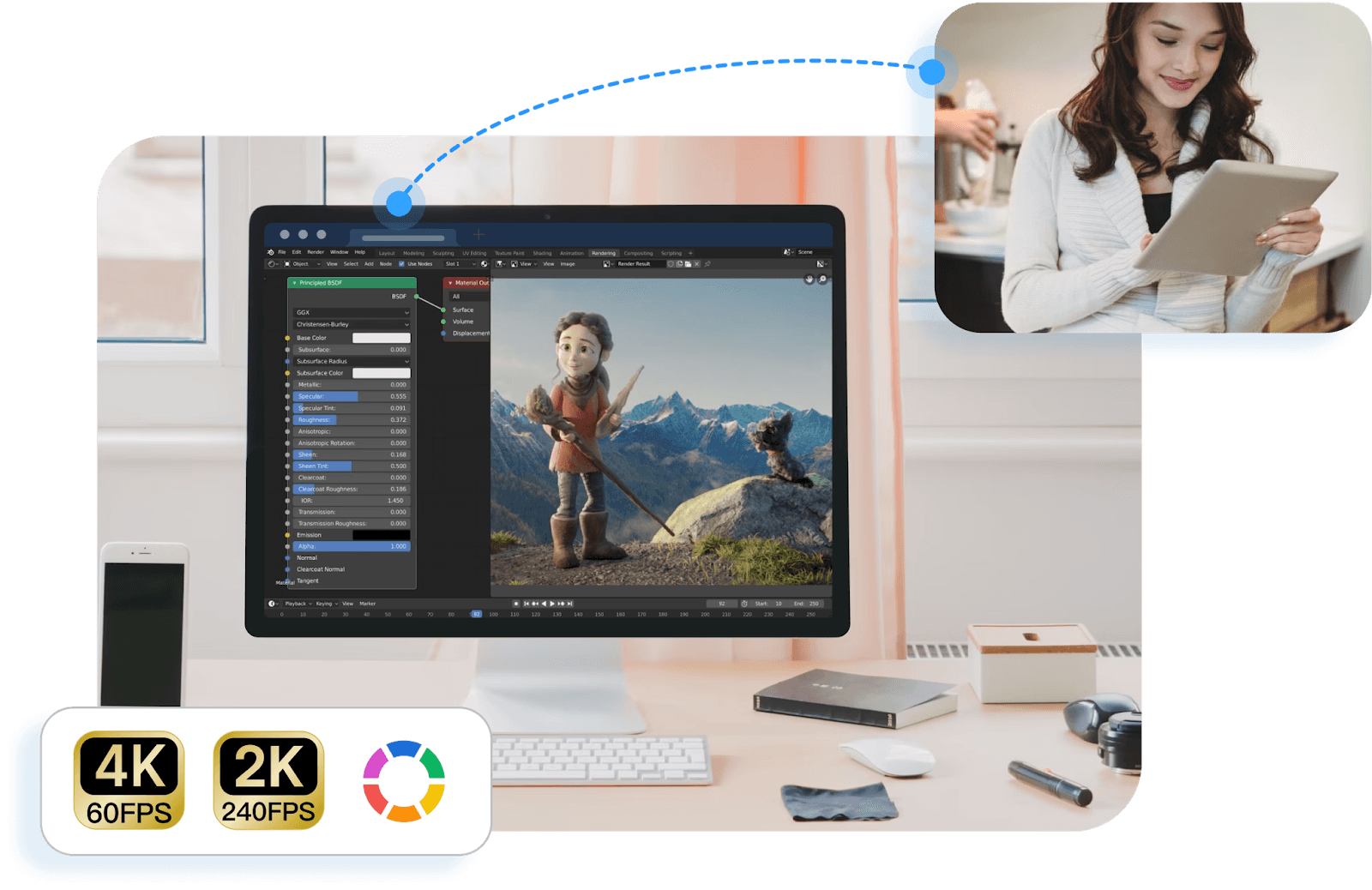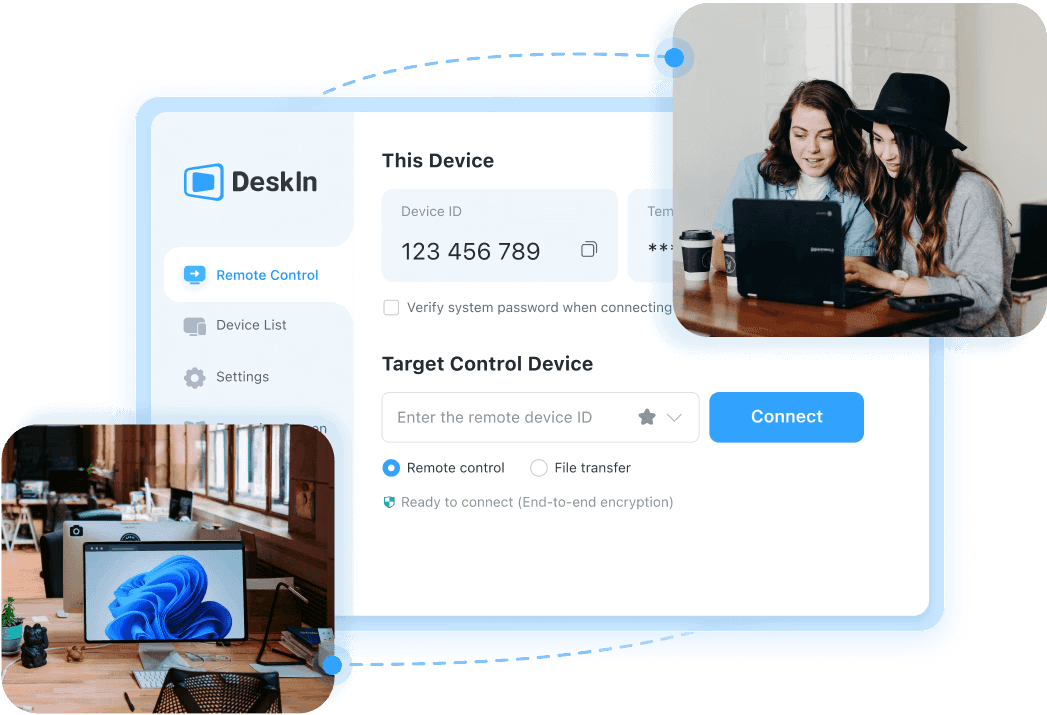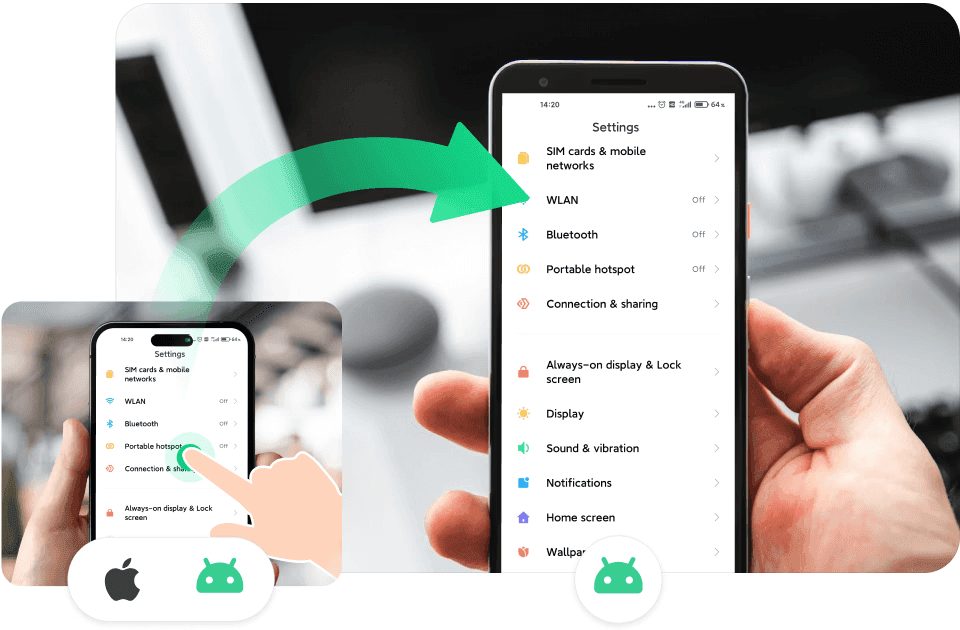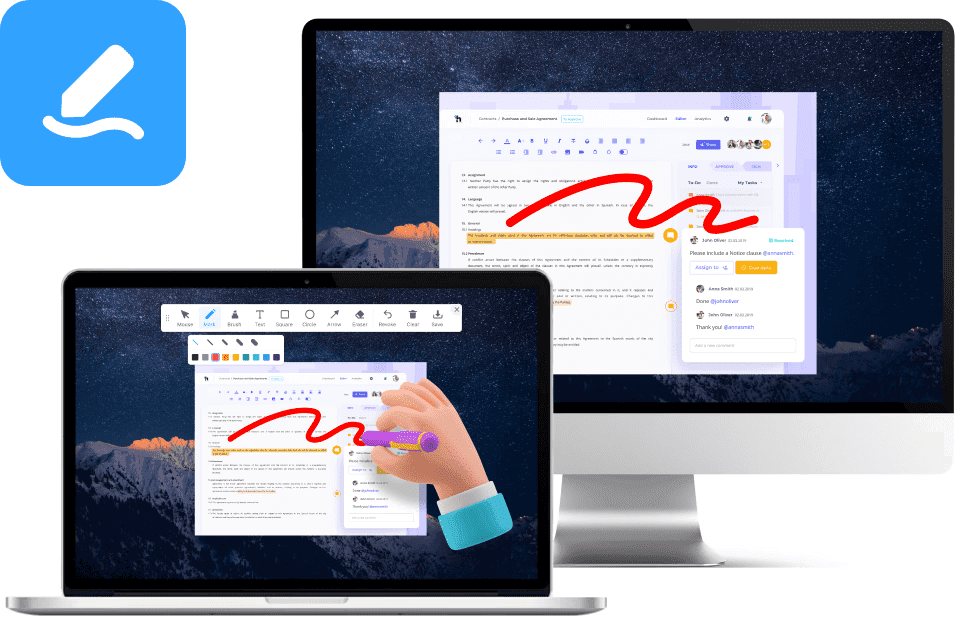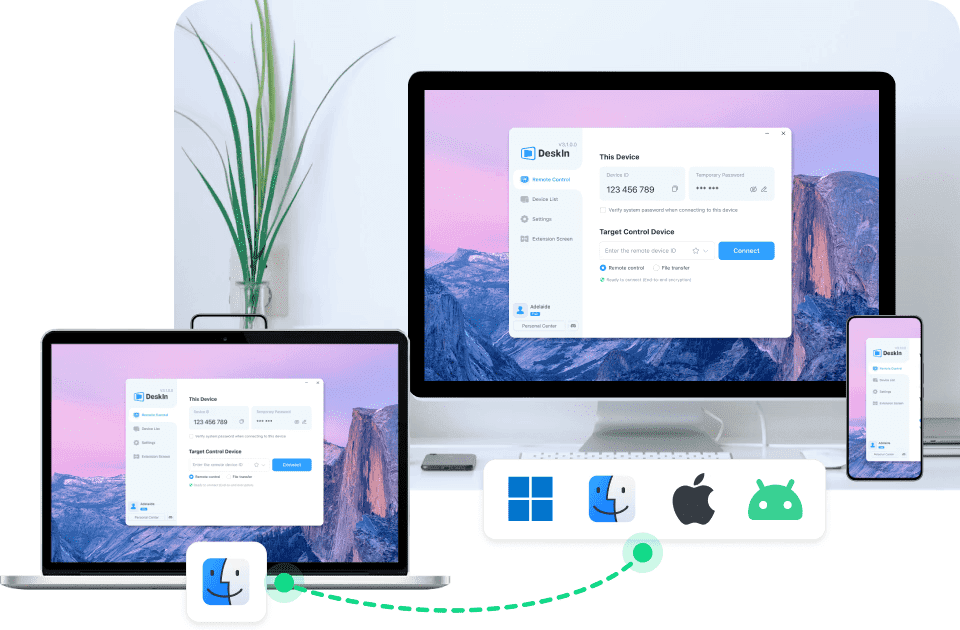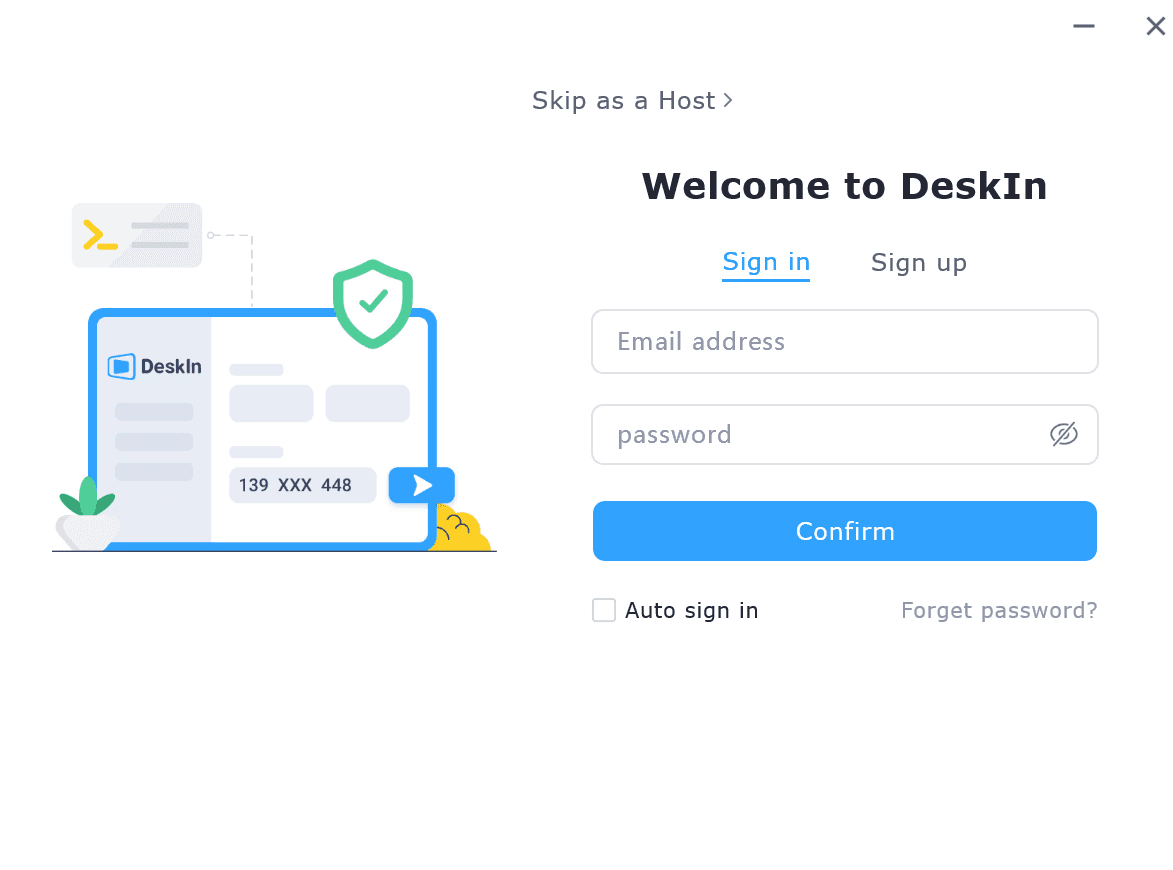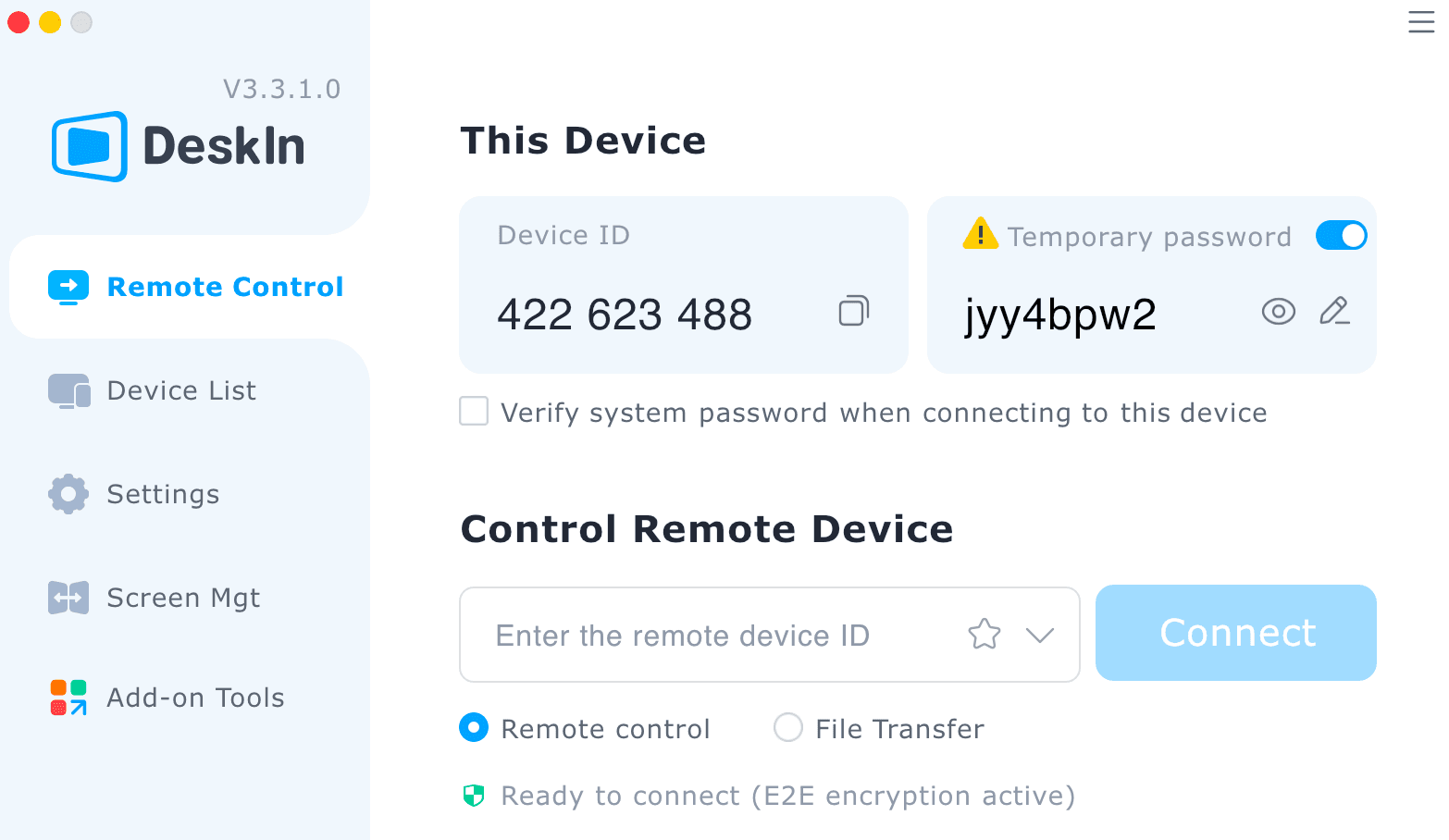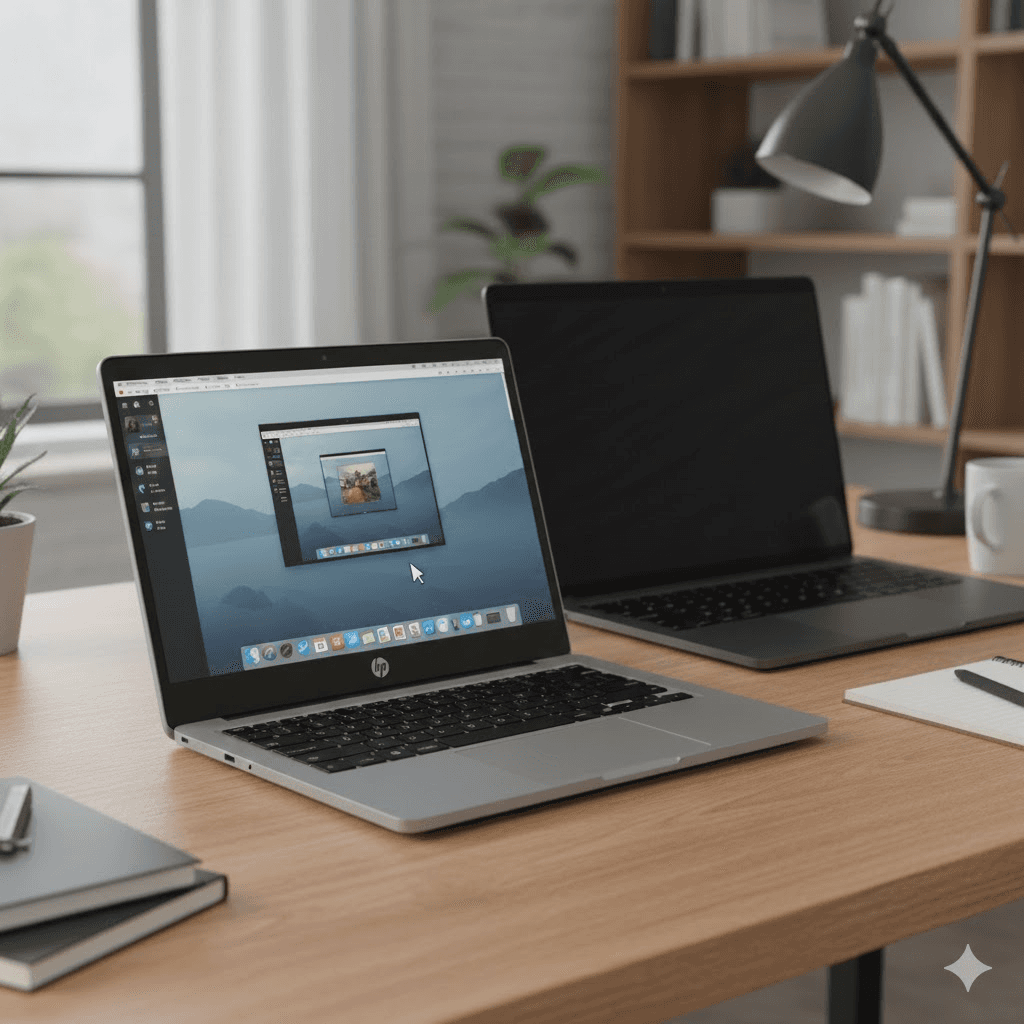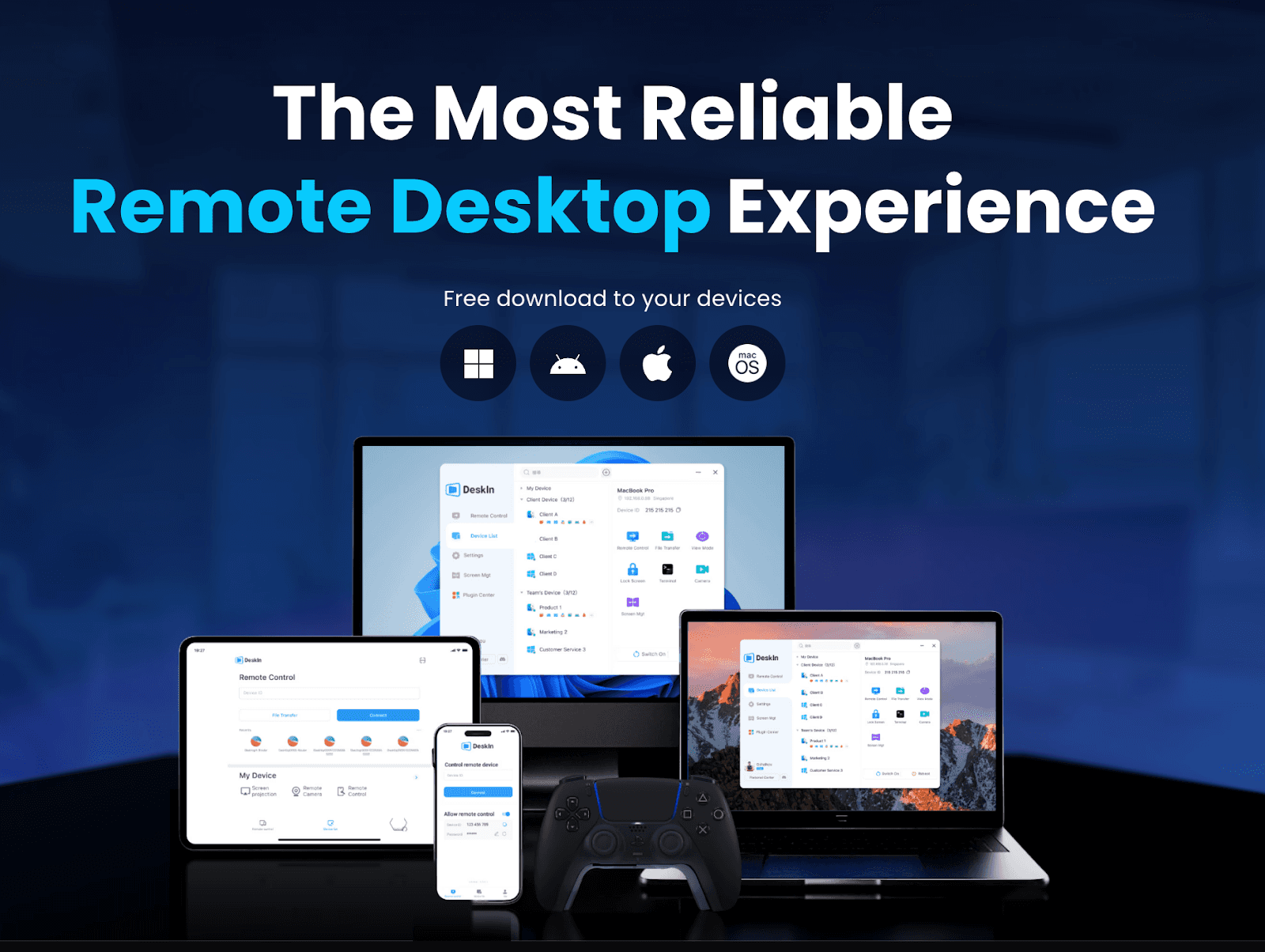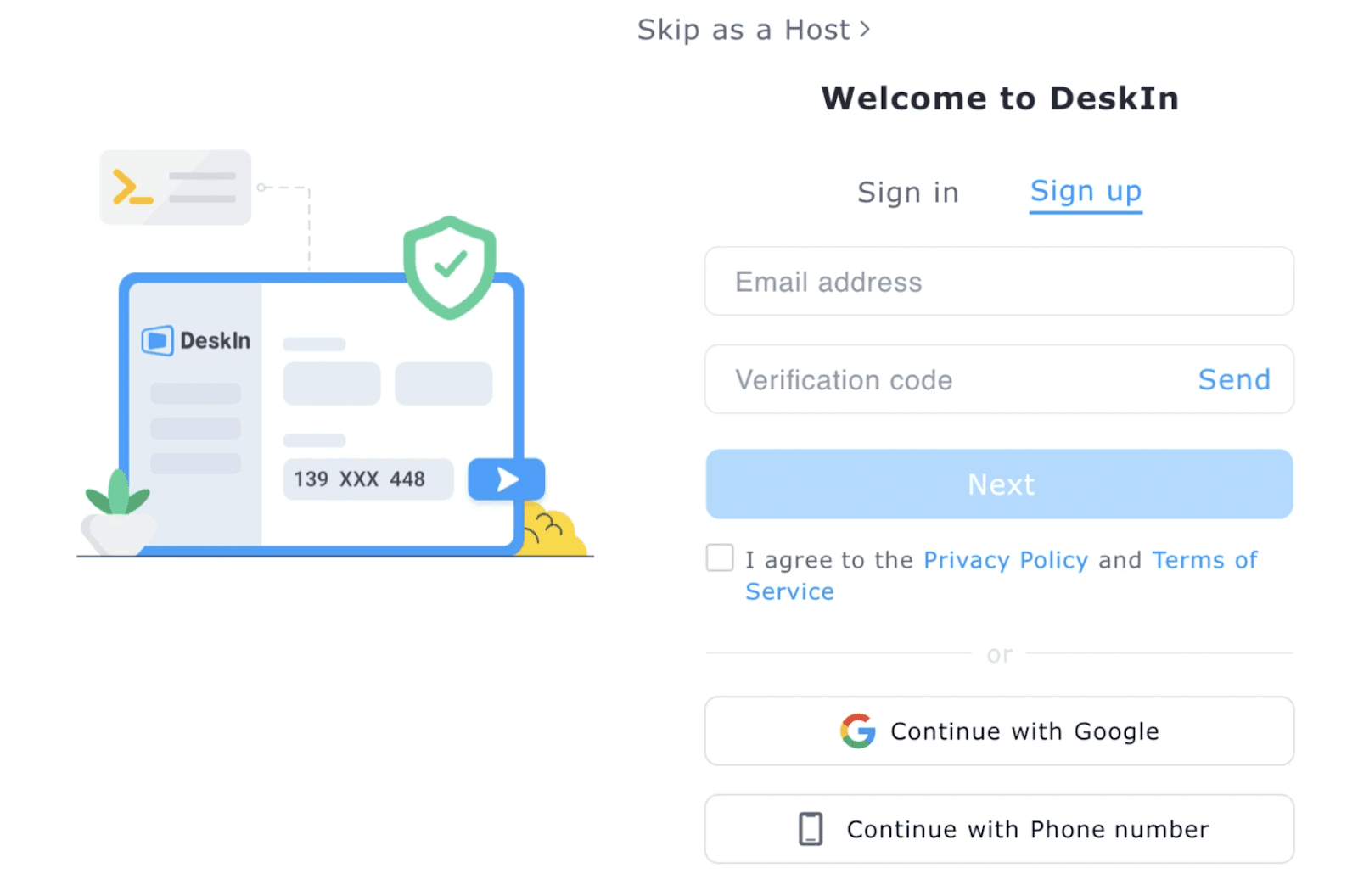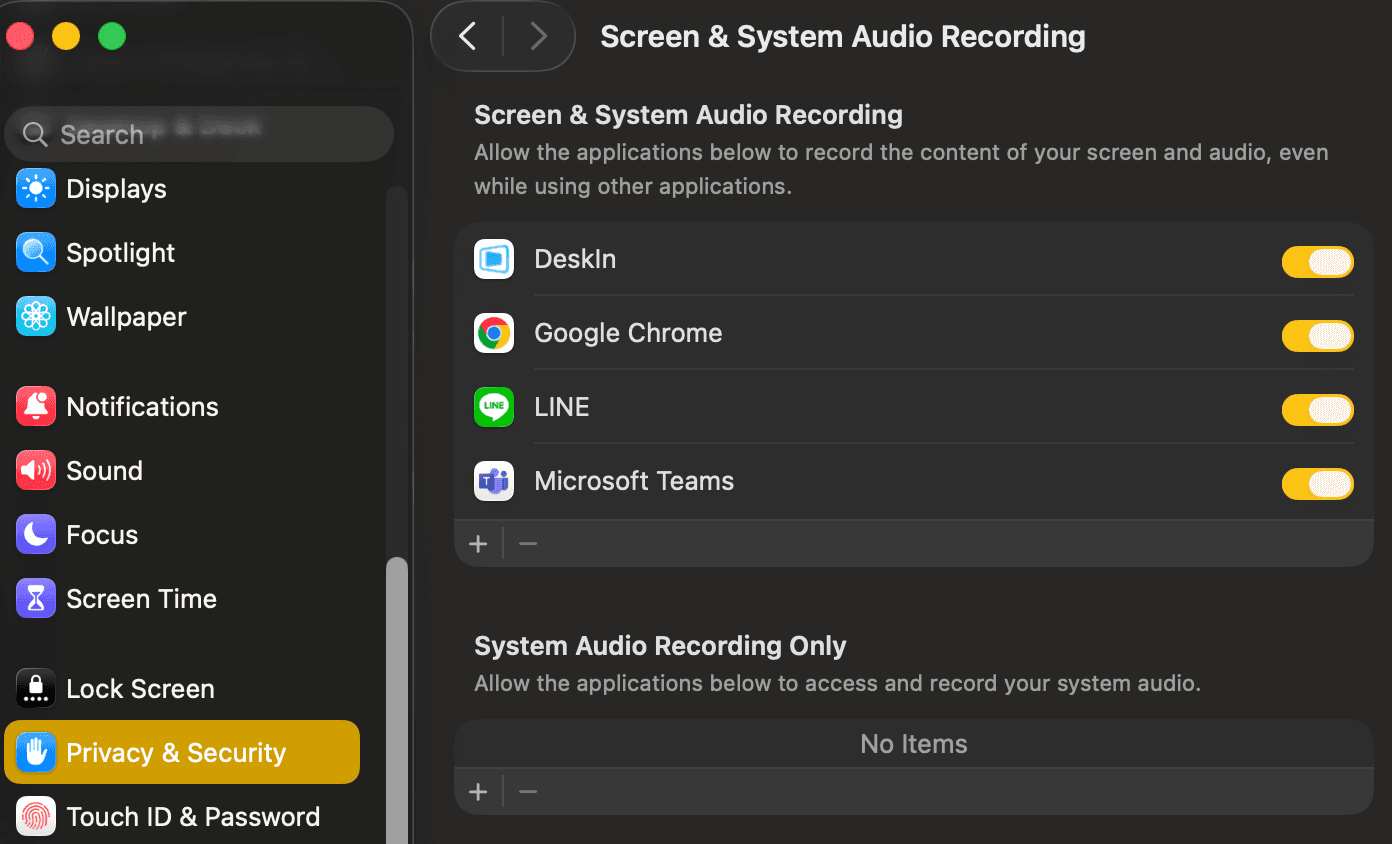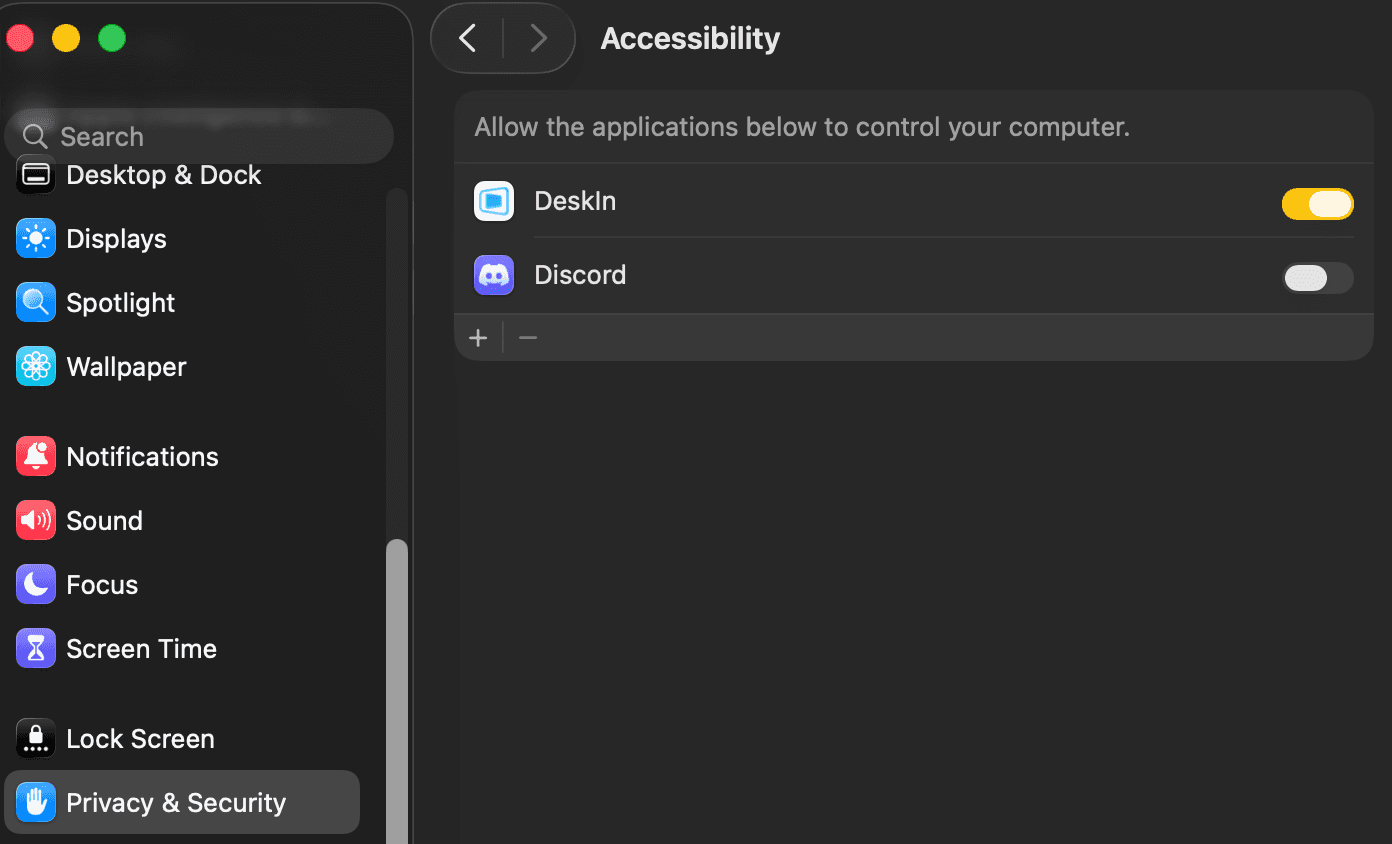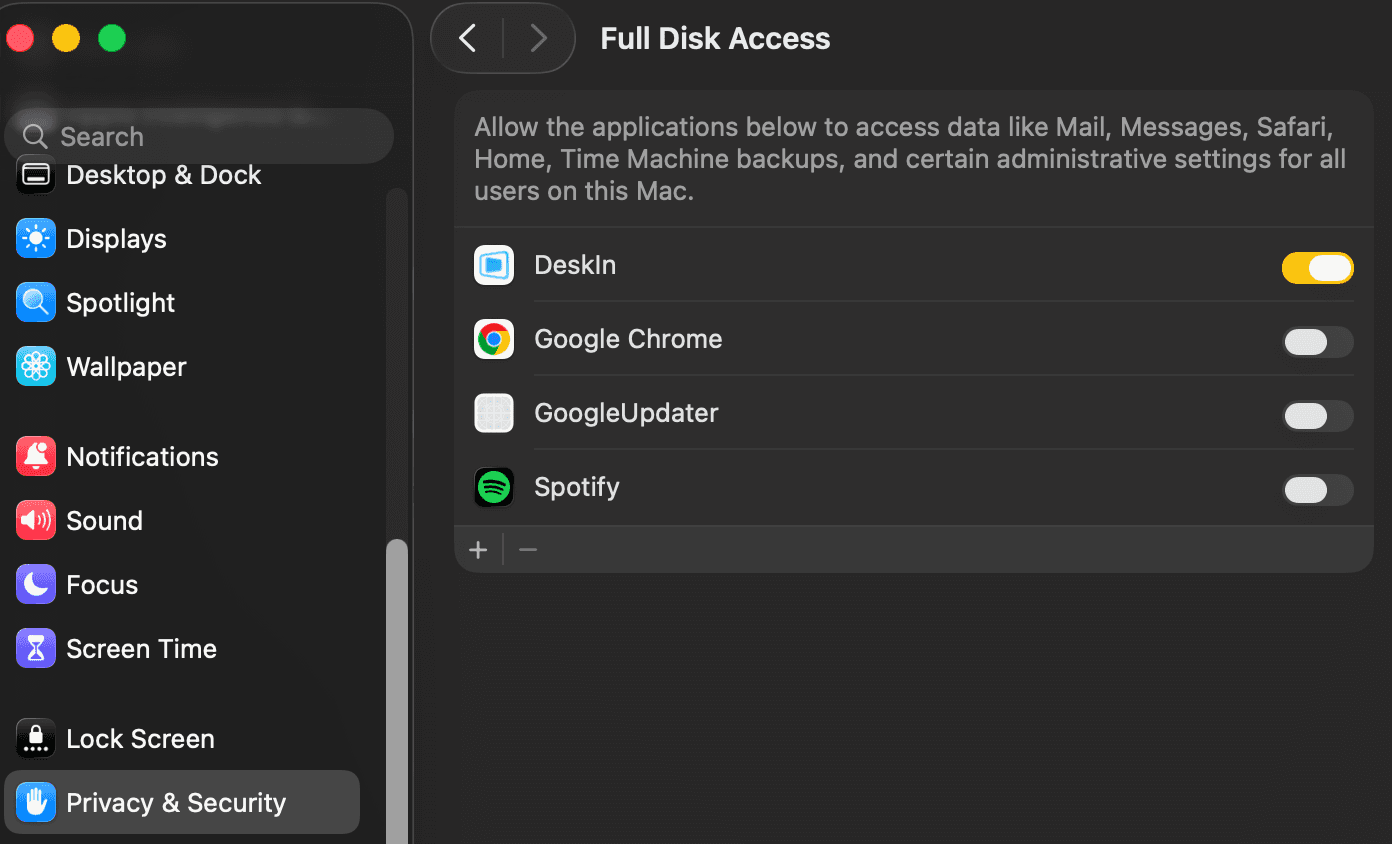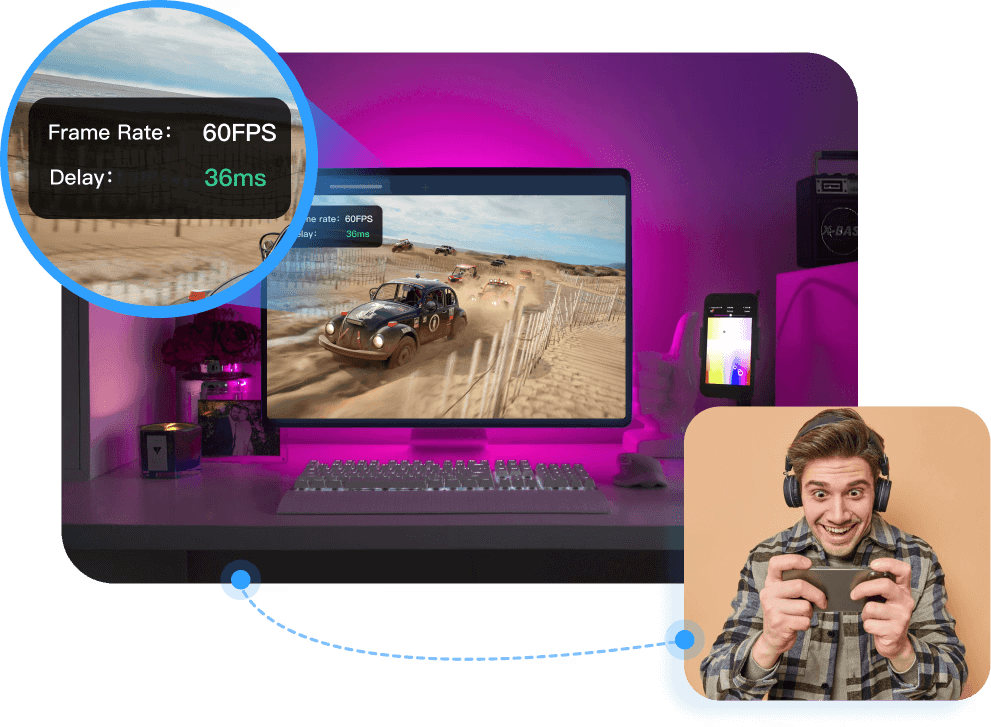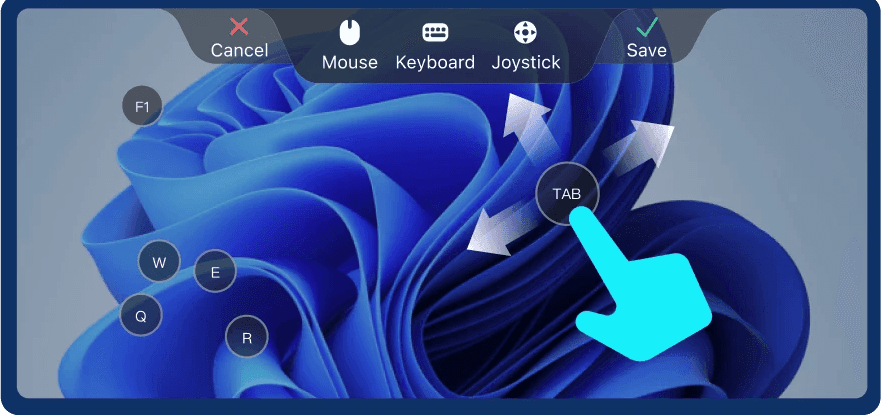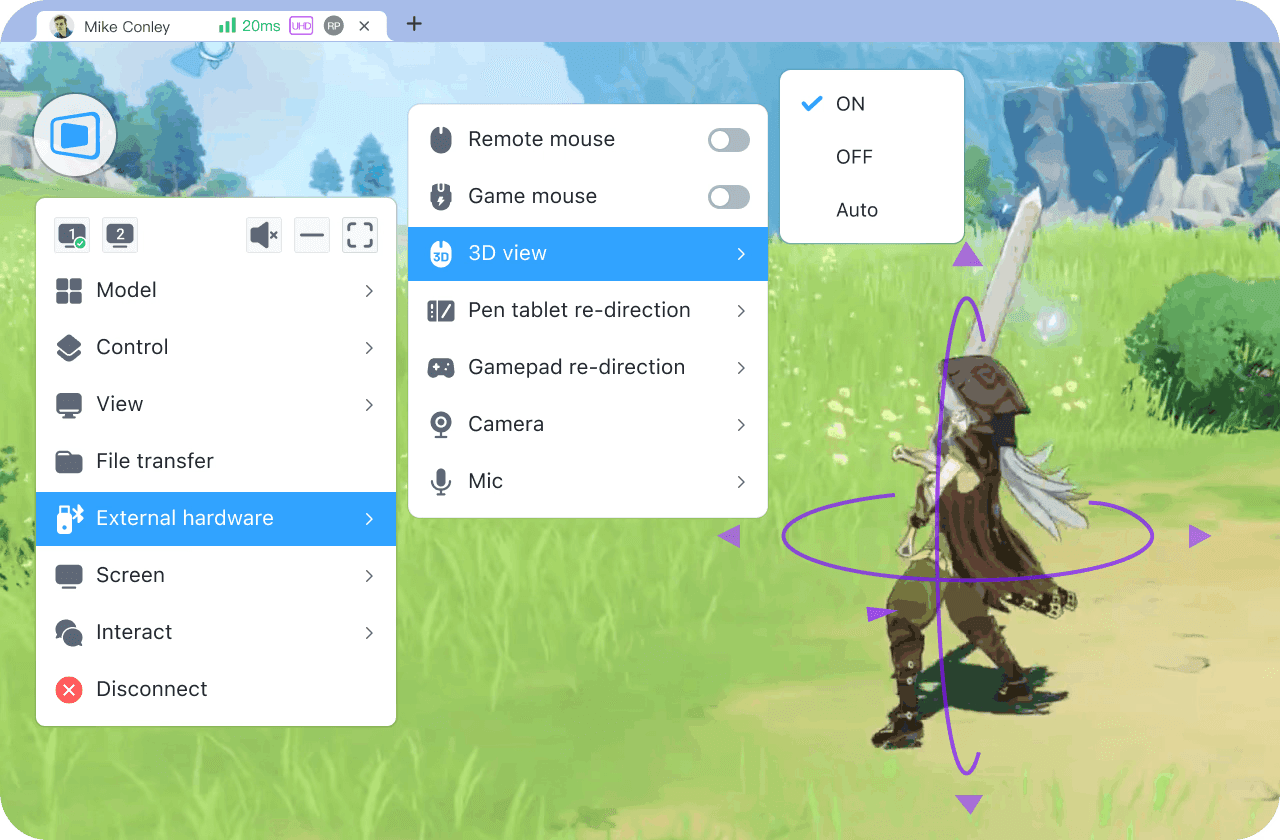Apple Remote Desktop is a remote management tool for macOS users, but it only supports the Apple ecosystem and has limited functions but high price. As a more powerful alternative, DeskIn offers cross-platform support, stable connection, and rich functionality, making it ideal for remote working and technical support needs.
Apple Remote Desktop
Apple Remote Desktop (ARD) is a remote control software designed specifically for macOS. It can be used to manage remote Mac devices, perform software distribution and deployment, and provide technical support for remote devices.

Strength:
High level integration: ARD is deeply integrated into the macOS system, with smooth operation and no additional configuration required. All the built-in features of macOS can be operated smoothly remotely.
Suitable for multi-device management: Supports batch operations to quickly distribute software and manage multiple Mac devices.
High security: Apple has a reputation for being more privacy-focused than other tech companies. As part of the ecosystem, ARD also have high security.
Shortcoming:
Expensive: ARD does not have a free version, and you have to pay $79.99 just to download the software. The cost of trial and error for individual users is relatively high.
System limitations: It only supports macOS devices and cannot connect to other systems like Windows. It is not suitable for users with cross-platform requirements.
Only basic functions: ARD mainly focuses on remote access and lacks diverse functions such as screen management.
Slow updates: ARD is not updated frequently, resulting in many bugs not being resolved in time. Some users have also reported that the new version is being buggier than the old version.
Connection issue: Intel-based Macs are restricted from accessing M1 Macs (FileVault and Firewall enabled) using Screen Sharing in certain OS versions. However, disabling FV may cause secure problems.
High Performance Mode Issues: ARD may experience image or audio anomalies when High Performance Display Mode is enabled, especially when using external devices (such as a mixer) or adjusting resolution.
Apple remote desktop was indeed the best remote tool choice for Mac users in the past, but in recent years it is becoming more and more buggy, and is not upgrading its features. The score in the App store has dropped to 2.1. Perhaps Mac users can choose other remote desktop software that is more useful and cost-effective.
DeskIn: The best alternative for macOS users
DeskIn is a multi-platform supported, feature-rich remote desktop tool that is not only suitable for Apple devices, but also covers Windows and mobile devices, providing users a more flexible and smooth remote experience.

Advantages of DeskIn:
Cross-platform support
DeskIn supports Windows, macOS, iOS and Android devices. Users can easily access devices of different systems, breaking through the limitation that Apple Remote Desktop only supports macOS.
Efficient and stable remote connection
Low latency: DeskIn can achieve ≤40ms latency, providing almost instant response, suitable for gaming, remote design and instant feedback needs.
High-definition image quality: Supports up to 4K/60FPS image quality, 4:4:4 color coding, ensuring perfect presentation of details.
Multifunctional application scenarios
Remote control: Access your remote high-performance device to work anytime and anywhere.
Screen management: You can use your tablet, mobile phone, or computer as a second screen for your Mac, or project your Mac to other devices easily. Generating a virtual screen for remote device locally to improve work efficiency is also supported.
File transfer: Up to 12MB/s high-speed lossless transfer, with no file size or format restrictions.
Whiteboard annotation and audio call: Provides annotation function and built-in audio call function, suitable for team collaboration and instant feedback.
Remote gaming: Gaming mouse, Gaming mode, 3D view function allow you to play remote games smoothly on a Mac.
Security
DeskIn uses 256-bit encryption to ensure the security of data transmission. No matter where you are, you can do unattended access with the security password.
Reasonable price
Compared to ARD's $79.99 download cost, DeskIn offers a powerful free version and affordable premium subscription plans suitable for individuals and small and medium-sized businesses.
DeskIn application scenarios
Remote work: No matter where you are, you can use DeskIn to connect to your work computer and handle your daily tasks.
Remote collaboration: Easily transfer files, share clipboards, make audio calls, and collaborate with remote team members at any time
Technical support: Provide instant remote technical support to customers or colleagues to solve various technical problems.
Remote teaching: Easily teach and present remotely with DeskIn's screen sharing and annotation functions.
Entertaining: Project your Mac videos or screen to other devices.
Remote Gaming: Use your Mac remote Windows PC to play games easily.
How to use DeskIn on Apple Desktop?
1. Download and install
Go to DeskIn official website, download and install the DeskIn software on your Mac and other devices.

2. Register and log in
Register a free account and log in, you need to do email verification for your first login.
3. Connect
Enter the device ID of the remote device on the console, click "Start Connection" and enter the password to access the remote computer.
Conclusion
DeskIn is an ideal alternative to Apple Remote Desktop, especially suitable for users who require cross-platform connections, efficiency and stability. Not only is it simple to operate and rich in functions, it is also extremely cost-effective, bringing you an unparalleled experience whether for work or entertainment. Download DeskIn now and explore new possibilities for remote operation!
Apple Remote Desktop is a remote management tool for macOS users, but it only supports the Apple ecosystem and has limited functions but high price. As a more powerful alternative, DeskIn offers cross-platform support, stable connection, and rich functionality, making it ideal for remote working and technical support needs.
Apple Remote Desktop
Apple Remote Desktop (ARD) is a remote control software designed specifically for macOS. It can be used to manage remote Mac devices, perform software distribution and deployment, and provide technical support for remote devices.

Strength:
High level integration: ARD is deeply integrated into the macOS system, with smooth operation and no additional configuration required. All the built-in features of macOS can be operated smoothly remotely.
Suitable for multi-device management: Supports batch operations to quickly distribute software and manage multiple Mac devices.
High security: Apple has a reputation for being more privacy-focused than other tech companies. As part of the ecosystem, ARD also have high security.
Shortcoming:
Expensive: ARD does not have a free version, and you have to pay $79.99 just to download the software. The cost of trial and error for individual users is relatively high.
System limitations: It only supports macOS devices and cannot connect to other systems like Windows. It is not suitable for users with cross-platform requirements.
Only basic functions: ARD mainly focuses on remote access and lacks diverse functions such as screen management.
Slow updates: ARD is not updated frequently, resulting in many bugs not being resolved in time. Some users have also reported that the new version is being buggier than the old version.
Connection issue: Intel-based Macs are restricted from accessing M1 Macs (FileVault and Firewall enabled) using Screen Sharing in certain OS versions. However, disabling FV may cause secure problems.
High Performance Mode Issues: ARD may experience image or audio anomalies when High Performance Display Mode is enabled, especially when using external devices (such as a mixer) or adjusting resolution.
Apple remote desktop was indeed the best remote tool choice for Mac users in the past, but in recent years it is becoming more and more buggy, and is not upgrading its features. The score in the App store has dropped to 2.1. Perhaps Mac users can choose other remote desktop software that is more useful and cost-effective.
DeskIn: The best alternative for macOS users
DeskIn is a multi-platform supported, feature-rich remote desktop tool that is not only suitable for Apple devices, but also covers Windows and mobile devices, providing users a more flexible and smooth remote experience.

Advantages of DeskIn:
Cross-platform support
DeskIn supports Windows, macOS, iOS and Android devices. Users can easily access devices of different systems, breaking through the limitation that Apple Remote Desktop only supports macOS.
Efficient and stable remote connection
Low latency: DeskIn can achieve ≤40ms latency, providing almost instant response, suitable for gaming, remote design and instant feedback needs.
High-definition image quality: Supports up to 4K/60FPS image quality, 4:4:4 color coding, ensuring perfect presentation of details.
Multifunctional application scenarios
Remote control: Access your remote high-performance device to work anytime and anywhere.
Screen management: You can use your tablet, mobile phone, or computer as a second screen for your Mac, or project your Mac to other devices easily. Generating a virtual screen for remote device locally to improve work efficiency is also supported.
File transfer: Up to 12MB/s high-speed lossless transfer, with no file size or format restrictions.
Whiteboard annotation and audio call: Provides annotation function and built-in audio call function, suitable for team collaboration and instant feedback.
Remote gaming: Gaming mouse, Gaming mode, 3D view function allow you to play remote games smoothly on a Mac.
Security
DeskIn uses 256-bit encryption to ensure the security of data transmission. No matter where you are, you can do unattended access with the security password.
Reasonable price
Compared to ARD's $79.99 download cost, DeskIn offers a powerful free version and affordable premium subscription plans suitable for individuals and small and medium-sized businesses.
DeskIn application scenarios
Remote work: No matter where you are, you can use DeskIn to connect to your work computer and handle your daily tasks.
Remote collaboration: Easily transfer files, share clipboards, make audio calls, and collaborate with remote team members at any time
Technical support: Provide instant remote technical support to customers or colleagues to solve various technical problems.
Remote teaching: Easily teach and present remotely with DeskIn's screen sharing and annotation functions.
Entertaining: Project your Mac videos or screen to other devices.
Remote Gaming: Use your Mac remote Windows PC to play games easily.
How to use DeskIn on Apple Desktop?
1. Download and install
Go to DeskIn official website, download and install the DeskIn software on your Mac and other devices.

2. Register and log in
Register a free account and log in, you need to do email verification for your first login.
3. Connect
Enter the device ID of the remote device on the console, click "Start Connection" and enter the password to access the remote computer.
Conclusion
DeskIn is an ideal alternative to Apple Remote Desktop, especially suitable for users who require cross-platform connections, efficiency and stability. Not only is it simple to operate and rich in functions, it is also extremely cost-effective, bringing you an unparalleled experience whether for work or entertainment. Download DeskIn now and explore new possibilities for remote operation!

Play x Work
All at Once
DeskIn Remote Game
only $14.32 USD 🎉 Limited on July 16-31
Add promo code: deskinsummer1






